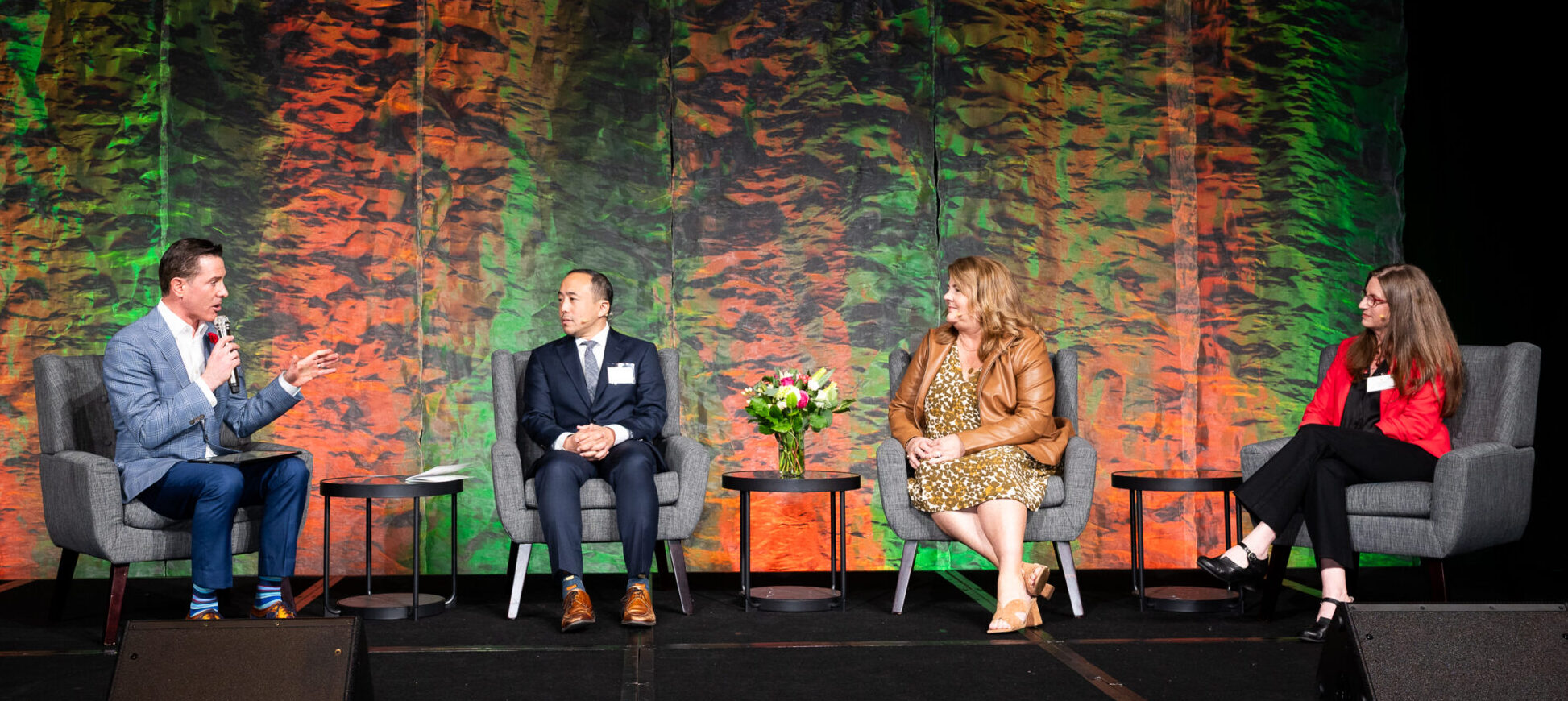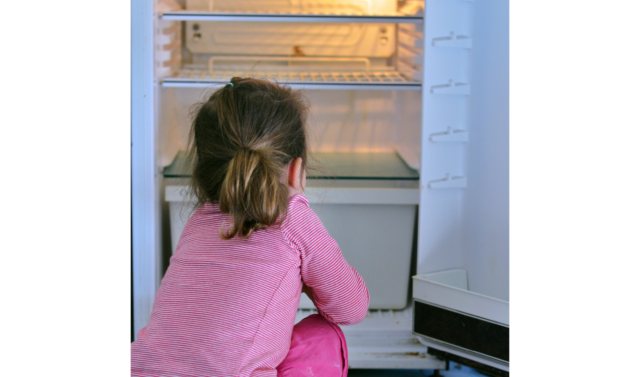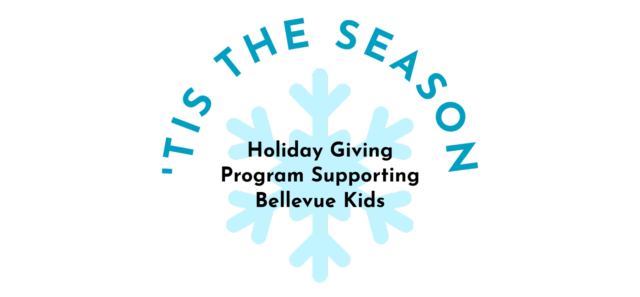At our Step Up to the Plate Benefit Luncheon on April 29, community members from Bellevue and beyond gathered to learn about and confront a pressing issue: one in four students attending the Bellevue School District is experiencing poverty.
A highlight of the event was the candid and moving panel discussion moderated by Emcee Matt Lorch. The panel featured three dedicated community leaders, including our Executive Director, Jennifer Fischer. Jennifer was joined by Bellevue School District Superintendent Dr. Kelly Aramaki and Washington State Department of Children, Youth & Families Secretary Tana Senn.
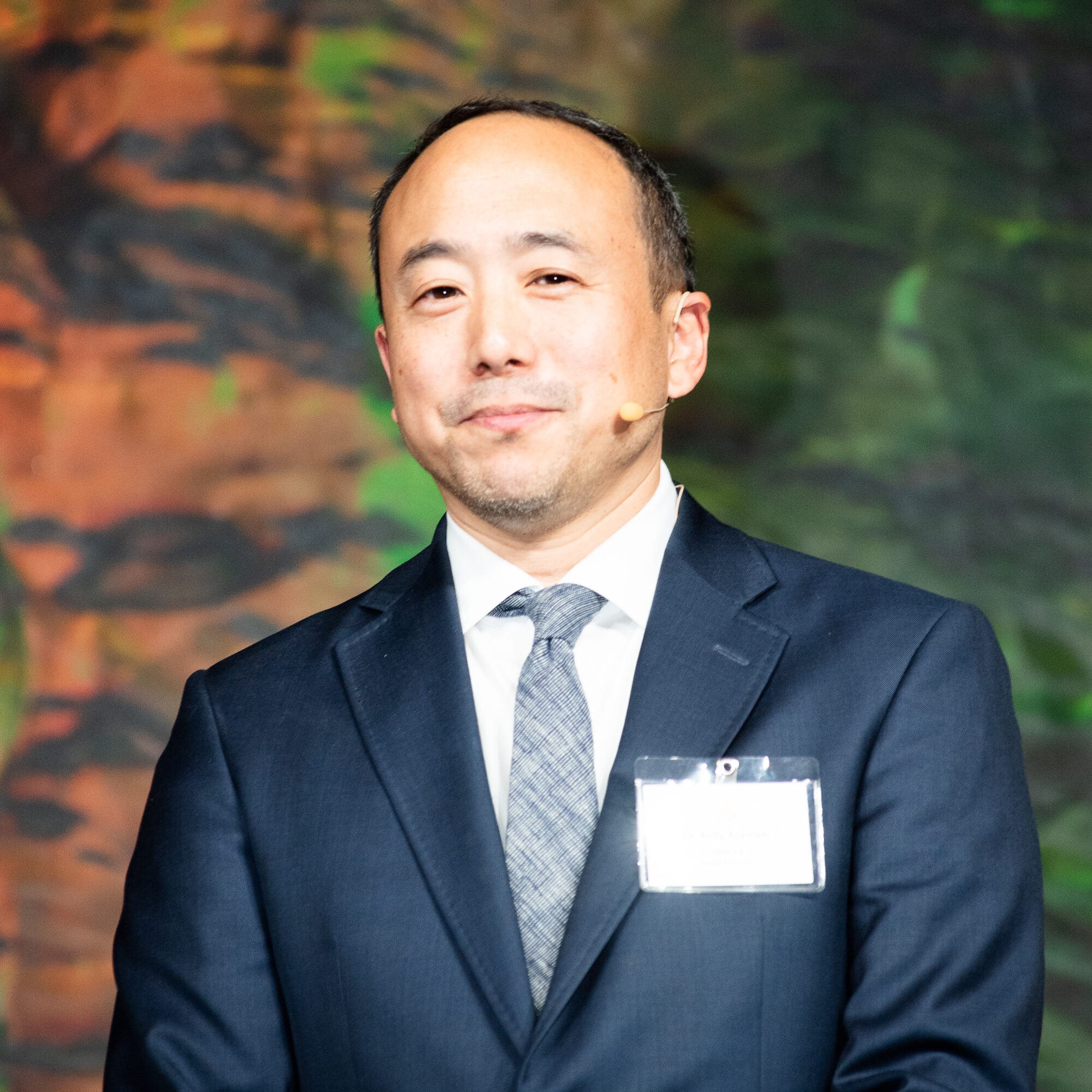
Dr. Kelly Aramaki
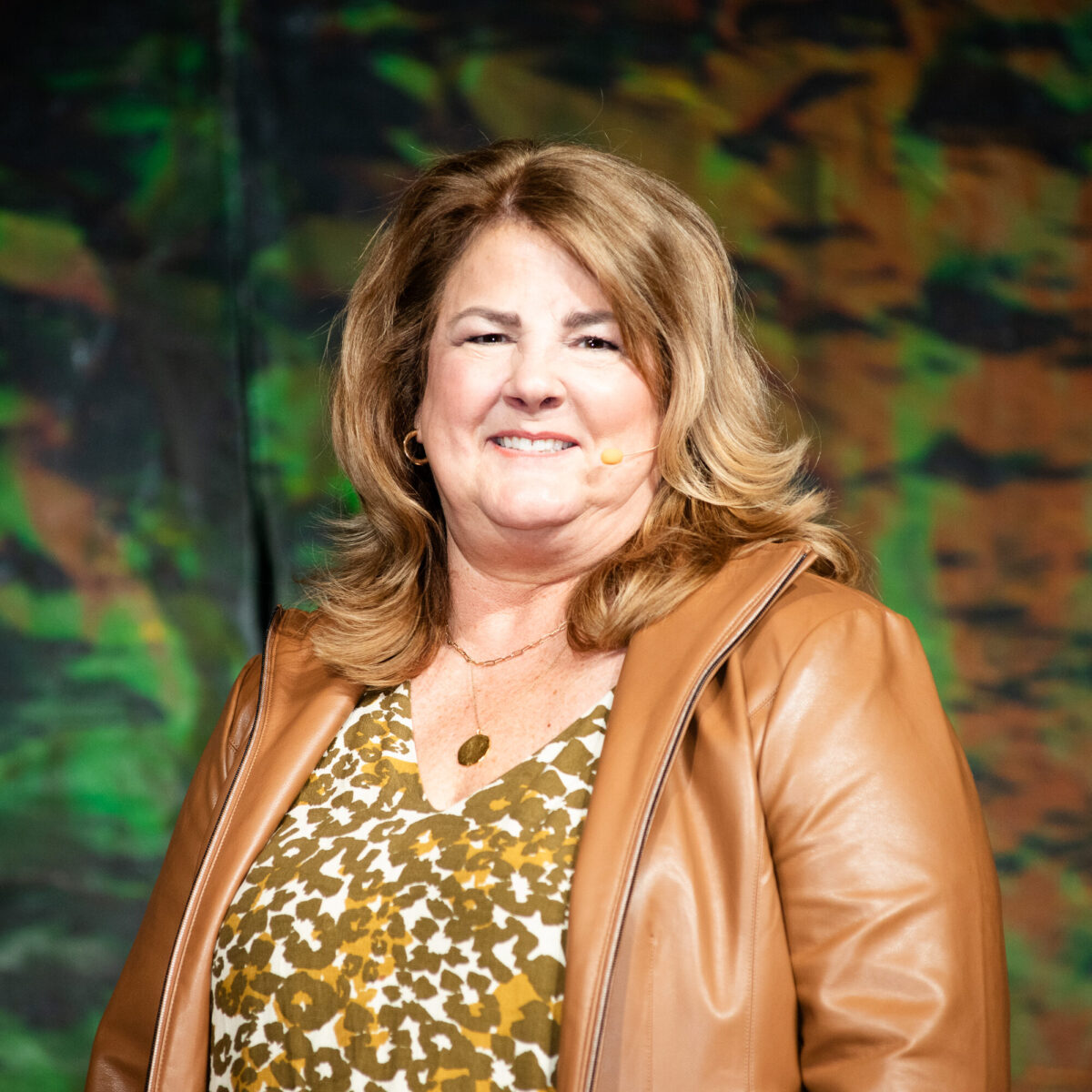
Jennifer Fischer
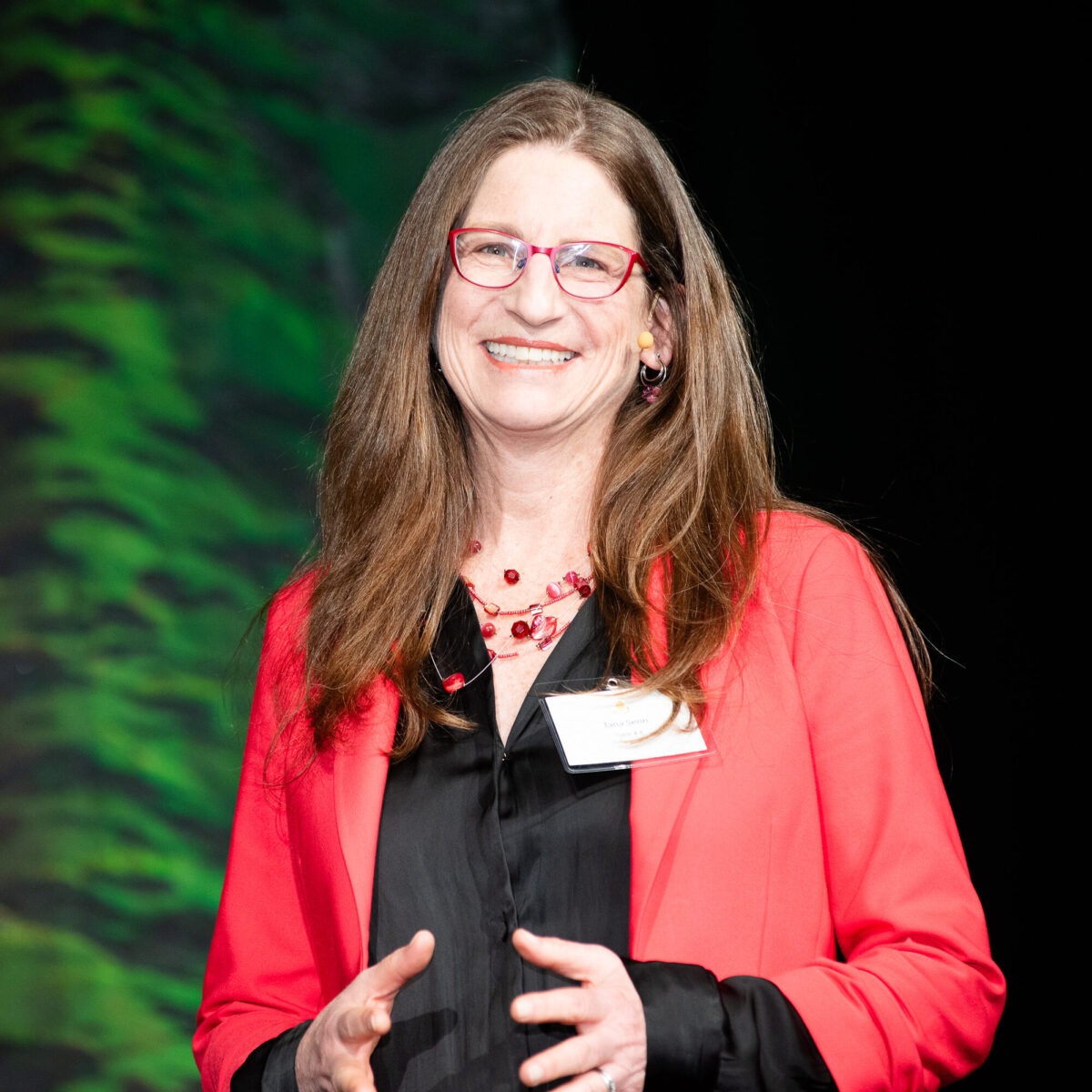
Tana Senn
Together, they unpacked how poverty shows up in Bellevue, its consequences for children and families, and what must be done to create lasting solutions.
Addressing Common Misconceptions
The conversation began by addressing a common misconception: that Bellevue’s wealth means there isn’t a significant need.
“Our biggest challenge is awareness,” Jennifer shared. “Yes, right here in Bellevue, there are students and families experiencing homelessness and food insecurity. When I started this job 10 years ago, 103 students were experiencing homelessness. Now that number has skyrocketed to more than 700.”
She explained that part of the challenge is how people visualize poverty. “There’s an image that comes to mind when you hear the word ‘homelessness’—someone living in a tent, or asking for money outside a grocery store. But it doesn’t always look like that. We support families facing situational poverty, hardworking parents who’ve experienced a sudden job loss, a cancer diagnosis, domestic violence, or the death of a family member. One crisis can destabilize an entire household.”
The Toll on Students and Learning
The panelists spoke to the emotional and educational impacts that experiencing poverty can have on a student and their ability to thrive in the classroom.
“The trauma of experiencing hunger can impact young people for their entire lives,” shared Tana. “It permeates throughout the family and creates many more challenges for a family to succeed and thus for a child to succeed.”
Dr. Aramaki shared sobering statistics: “Of the 20,000 students in Bellevue School District, nearly 5,000 qualify for the federal Free or Reduced-Price Meal Program. That means for a family of four, the parents have to earn less than $60,000 a year to qualify for nutrition assistance at school. But to afford your basic needs, like rent and food and things like that, families in Bellevue have to make at least $125,000. And, there are many families in between that earning level gap of $60,000 to $125,000 who may still be living paycheck to paycheck and struggling to make ends meet but do not qualify for support.”
Dr. Aramaki also spoke to the emotional toll that experiencing poverty can have on students. “A lot of our students face social stigma, because in Bellevue, there are a lot of kids with families that have significant means, and so for kids that are living in poverty, they deal with social stigma every time they walk into the school. And then there’s what I call ‘diverted brain cells.’ When a child is worried about where they’ll sleep that night, how their mom is doing, or whether they’ll have dinner, they cannot focus on learning.”
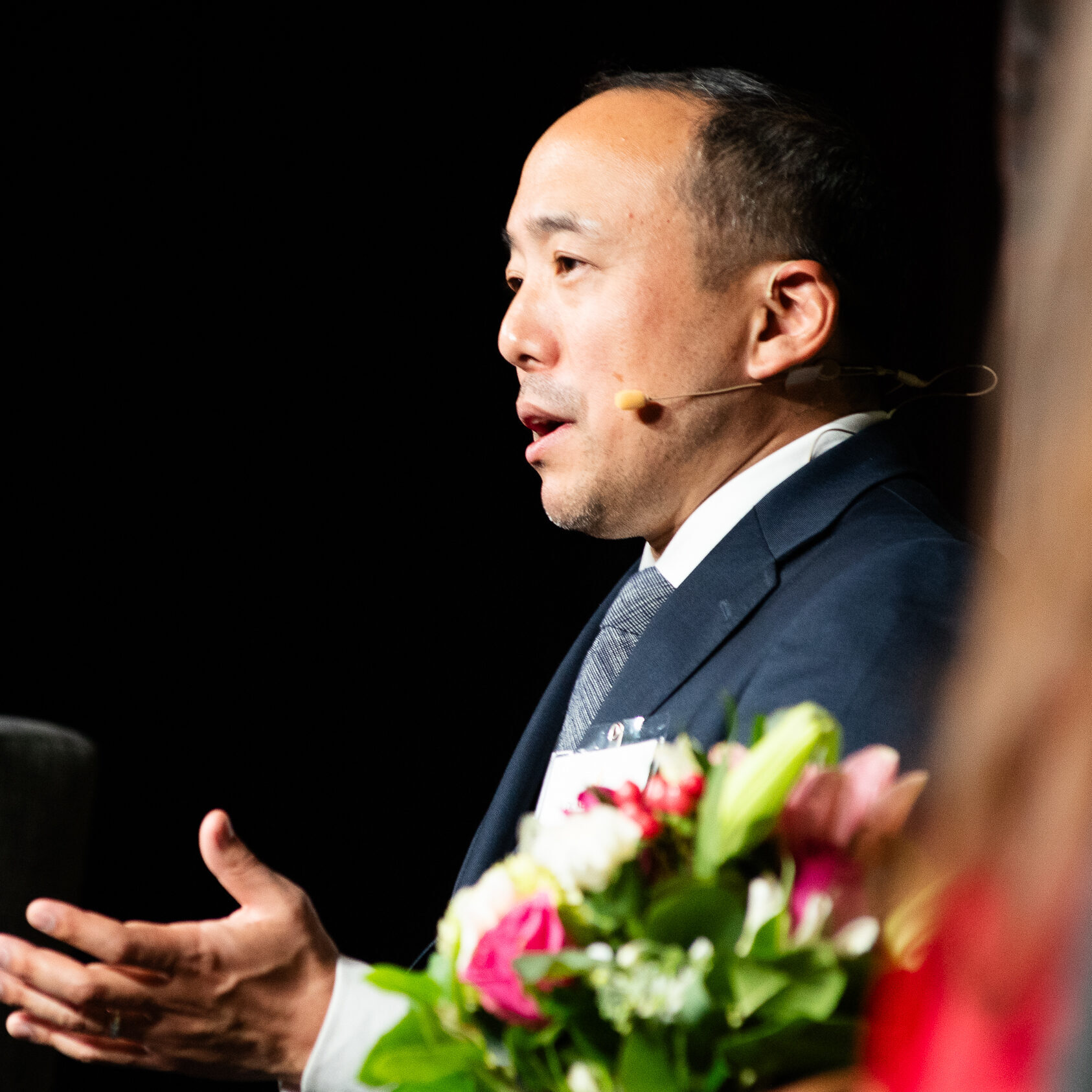
Why Families Stay, and Why Support Matters
The panel addressed a question that is frequently raised: If Bellevue is so expensive, why don’t families move somewhere more affordable?
Dr. Aramaki offered a powerful response. “Families have told us, ‘We know that Bellevue is a place of opportunity. If our kids can graduate from Bellevue schools, they’ll have a better life than we did.’ Parents are willing to work two or three jobs just to stay here because they believe in that promise.”
Jennifer added that the cost of moving can be a huge barrier and that upheaval has consequences for children. “Our goal at Bellevue LifeSpring is to provide stability. One or two months of rent support can help a family in situational poverty remain housed and give them the time they need to get back on track. It can also keep children in their schools, which is very important. Uprooting a child’s life can be destabilizing to their mental health.”
Tana emphasized that relocation isn’t always an option. “We’re facing a statewide housing crisis. There aren’t enough affordable homes. And we need these families in our community. They contribute to the richness and diversity of Bellevue.”
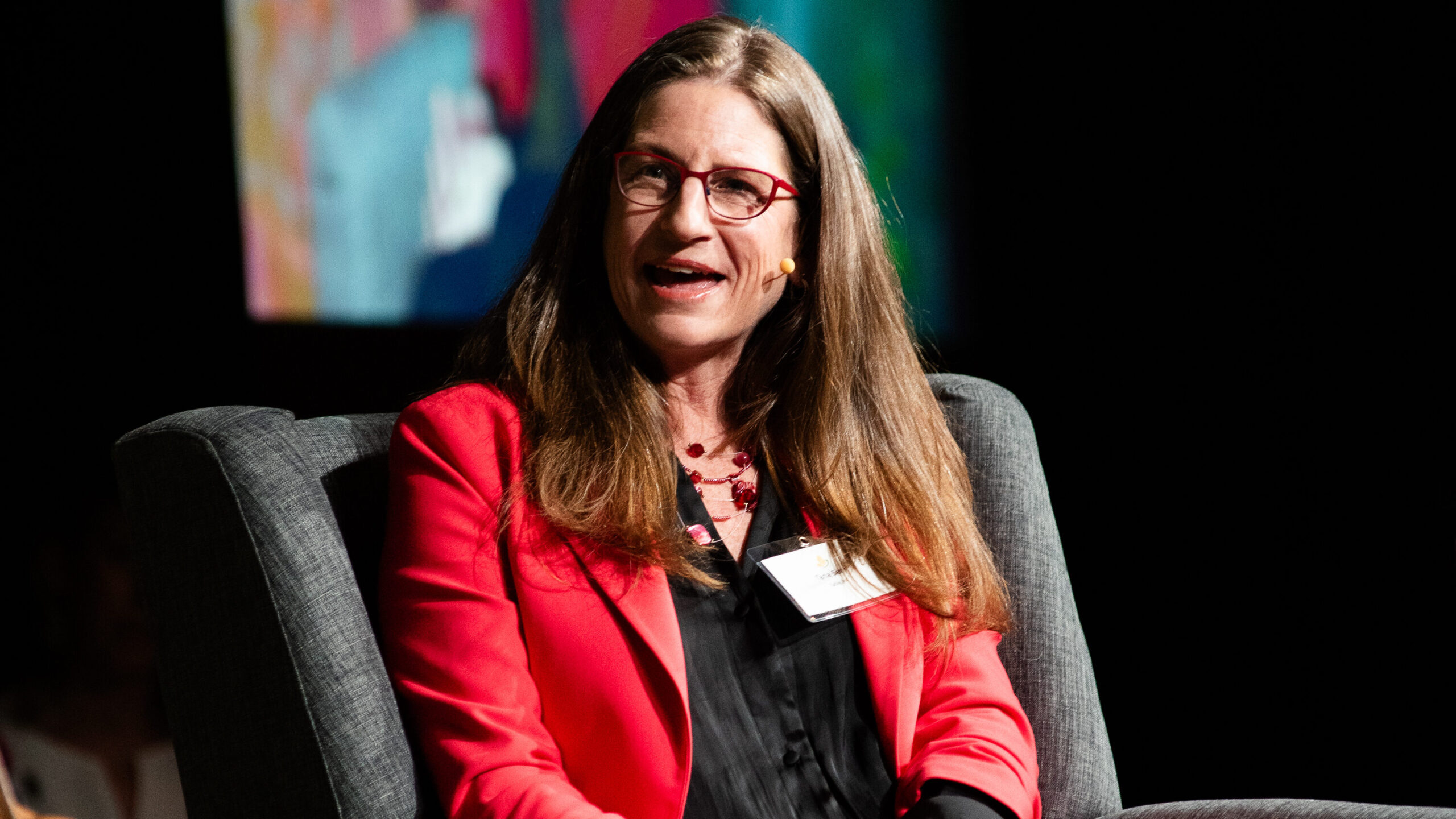
Facing the Unseen Reality and A Call for Prevention
The panel concluded with a shared vision: prevention is key.
“Our goal is to stop homelessness before it starts,” shared Jennifer. “Once a family is evicted, it’s incredibly difficult to recover. An eviction can be like a felony on your record when trying to find a job, making the ability to move and successfully rent again incredibly difficult. That’s why our work is about keeping families housed, kids fed, and students in school—stable and thriving.”
As the panel concluded, the message was clear: poverty in Bellevue is present and persistent, even if it’s not always visible. Together, as a community, we have the power to step up and change the story for thousands of local children and families.
